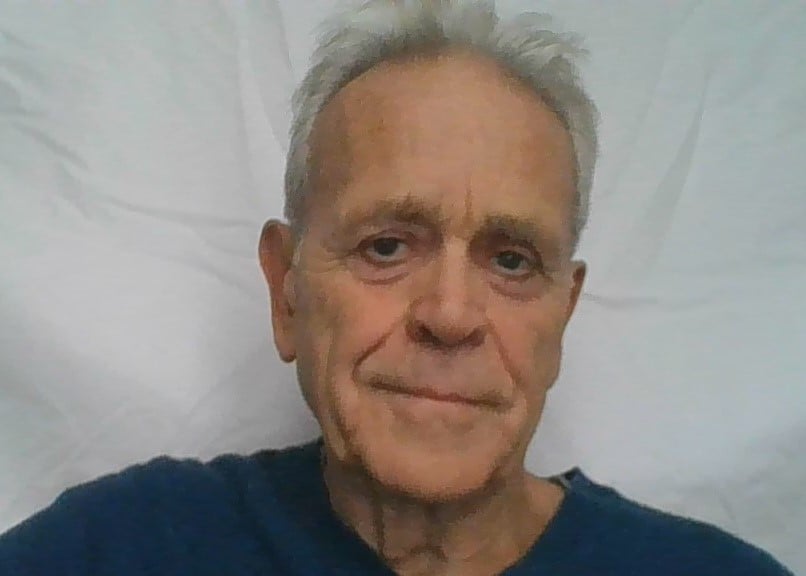
Captains of the Translation Industry Talk About the Single Biggest Thing They've Learnt
/142_CreativeFocusInc.jpg?width=233&name=142_CreativeFocusInc.jpg) TAUS spoke with Smith Yewell, founder and CEO of Welocalize, the US localization company based in Maryland, about what his key takeaway is from his extensive experience in localization. The theme of the conversation was:
TAUS spoke with Smith Yewell, founder and CEO of Welocalize, the US localization company based in Maryland, about what his key takeaway is from his extensive experience in localization. The theme of the conversation was:
"What is the single biggest lesson that you have learnt about the translation industry?
Smith Yewell: The biggest thing I’ve learnt is the surprising depth and breadth of the complexity in our industry. Like many in their first experience with translation (I didn’t come from the industry) – I thought how hard could it be? Boy, did I learn how hard it can be! It is a vast business, unexpectedly complex, but because of that - full of enormous potential.
I say this as someone whose first job after starting my company twenty years ago was to translate a single word – “pathfinder,” an oil drilling term - into six languages! Mm, I thought, as I collected my hundred bucks, this isn’t likely to be too complicated a business. Little did I know.
Contrast that with what we had to contend with in 2016, when we acquired the London multilingual digital marketing agency Adapt. Here was a huge opportunity to converge and build on four rich domains – global digital marketing, localization, customer voice and branding. But this convergence involves far more complexity than people usually suspect.
Multilingual digital marketing, for example, involves deploying multiple content types, through various technologies to achieve strategic business objectives. And it’s not just a question of translation. Ten different languages multiplied by ten different content pipes, using ten different resources and a variety of toolsets creates hundreds of permutations. This exponential compounding of complexity cries out for new ways to manage the strategic challenge, which is still ultimately about a positive multilingual user experience.
That’s what I mean by grasping the breadth and depth of this industry.
The good news is that I believe that we can now tackle this kind complexity in the areas of quality, technology, and interoperability more quickly than I thought three to five years ago. Breakthroughs are happening.
TAUS: How far is technology driving this change?
Smith Yewell: The real issue in discussions of technology is where or how you’re going to add value. For a long time, the industry has thought that technology could lead in value creation. From GlobalSight, through Idiom to Trados, people thought the value-add would be in the technology – instead of in the strength of the service.
Going forward, technology such as Neural MT, TMS, TMs and Translation Proxy will remain key parts of a globalization program, but they are not the value creators. They are critical of course, but they are tools. First and foremost, there should be a conversation on business strategy and how to achieve it for the huge variety of content types, quality evaluations, and work flows; that discussion is strategic to understanding how to add value. Technology is an enabler not the leader of this story.
Until very recently, the whole process of quantifying the necessary investment in translation technology, getting it approved, and realizing that there was no immediate return on that investment led to a much slower pace of change related to interoperability in our industry than what we are seeing today. Then, little by little momentum began to grow as increased choice and competition forced the issue.
I can see this happening now around interoperability and quality standards. Interoperability between all kinds of tool sets such as authoring, content creation and management, TMS, TM and MT, and very importantly within a construct of industry-shared metrics such as the TAUS DQF. TM providers, for example, need interoperability to move customers from legacy products to their own product to prevent loss of leverage and enable users to connect to their preferred MT supplier. They must make this easy in order to compete.
TAUS: Where is value created today in the localization process?
Smith Yewell: Things have radically evolved. Back when we started, that one word project was also only one stop on the customer’s global journey: translation. Customers focused their expectations of our industry on this area.
Now, customers’ expectations of our industry have greatly expanded across many stops on the global journey. It is at the interdependencies along the way – the stops on the journey– where the strategic value is added. These stops include such actions as protecting IP globally, rolling out a digital transformation strategy, marrying a multilingual requirement to an AI challenge, deploying video, audio and multimedia, small and large screen delivery challenges, brand quality assurance and user experience validation. In our case, we were doing less than half of today’s manifold business activities five years ago. Yet at the core of what we all do is the common requirement for global, multilingual user experience.
Today we don’t simply have a single translation quality evaluation step - we have 500 people in labs validating not just quality but the whole user experience. And for this we need to use any variety of interoperable tools. Which brings me back to my original big lesson: We create value by embracing the full depth, breadth and complexity of the customer’s global journey. And if we can make it easier, then we have satisfied customers.
TAUS: Could this pursuit of value-add services for customers lead to a break-up of the industry?
Smith Yewell: Some other industries have reached a point of fission as the companies involved have moved into different sub-sectors. The trend towards consolidation in our industry has been similar to many others - to use the analogy of building a house – large and capable general contractors evolve with depth and breadth to manage the complexity. And in this scenario many specialized players co-exist with the larger ones in partnership arrangements.
Where there is a total transformation of our business, however, is in the way people are utilized. The largest issue for us is talent management - matching the right person to the right task in the right timeframe using predictive analytics. For example, take DQF results for “acceptable/not acceptable” translations, and then try to predict and then optimize resource alignment to create more “good” results. It all comes down to the effectiveness of the original person-task match.
In our industry, now, we need to go beyond translation technologies and look deeper into predictive analytics across multiple stops in the customers’ global journey to more efficiently match the talent to the job at hand at scale. That is how we become more efficient and add value – not by paying translators a penny less. That wasn’t something we thought about when we began our own corporate journey all those years ago!
6 minute read

